Being for Nature: Thinking about Society
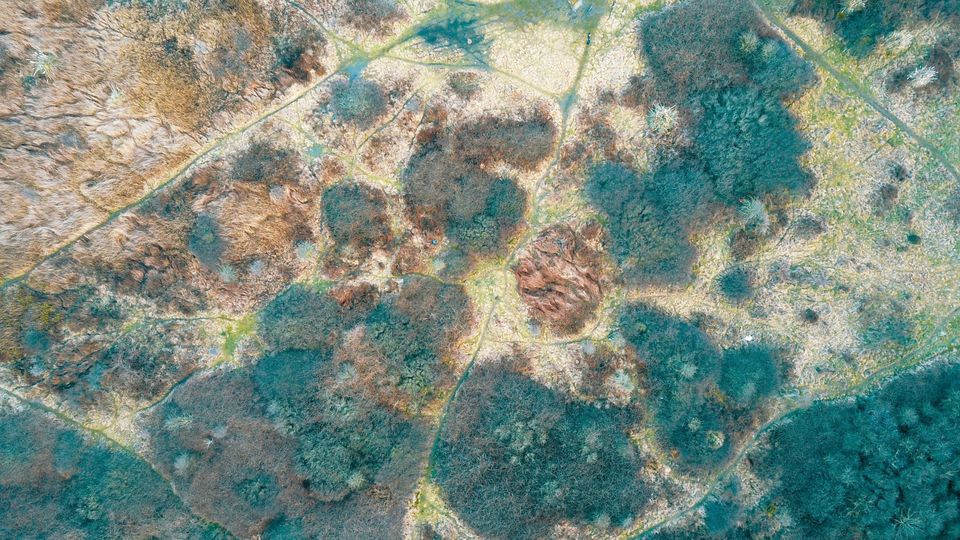
By Alex May
This is the second blog post in a series of three. The first blog post looked at what it means to be for Nature, in particular the idea of social ecology. This second blog post will look at how we understand society. The third in the series will then look at what this means for law, expanding from Earth Jurisprudence to what I have termed ‘Interconnected Law’.
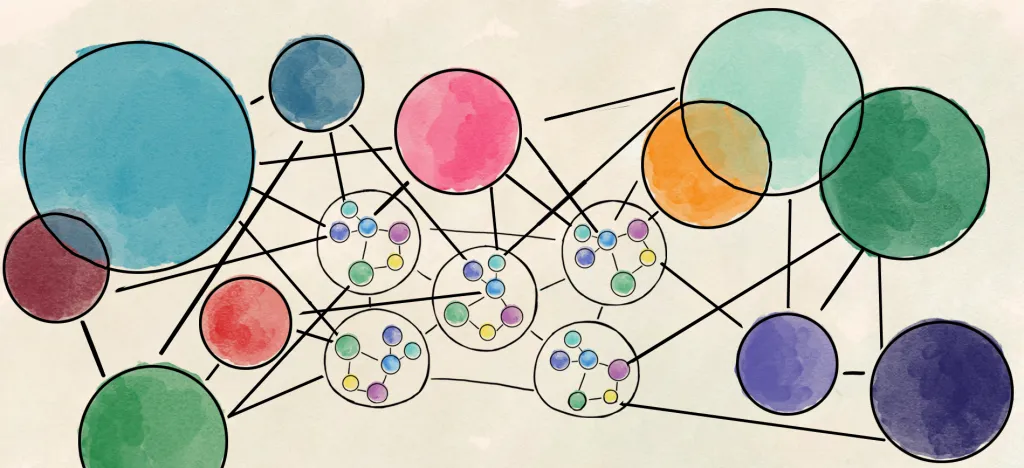
To understand law’s role in society, we need to understand society.
Society, The Individual, Liberalism
The dominant worldview thinks primarily about humans as in an individualistic way. Liberal (and neoliberal) thinking is very much focused on individual freedom, individual rights, individual actions. Most of us were born and raised in a society in which this is the main way of thinking, and even when we are deeply critical of the mainstream approach to economics and politics, we are often still doing it in this individualistic way – until we break out of it and get used to a more holistic way of thinking.
One big example many will be familiar with is how, so often, ideas around ‘protecting nature’ are about individual actions: how can we make sure we, individually, do less harm. This isn’t wrong as such, but there is usually an imbalance where the focus on individual action misses out bigger picture of changing the systems which we are all living and acting within. Individual ethics are important, but without a broader political ethic, they end up being about individual purity instead of actually changing the world and reducing harm.
So in the traditional (and still dominant) view of society, society is primarily understood as an aggregation of individuals. In this view, humans exist as individuals who sometimes interact with each other, and law’s main role is to govern these interactions, to secure individual freedom.
This is sometimes called a reductionist or ‘atomistic’ view of society, based on an idea that, like air, we are just atoms bouncing around.* The early liberal philosophers were influenced by scientific developments at the time, which were about reducing the world to its component parts to understand it, and the same reductionist thinking was applied to society.
*This is also a misunderstanding of physics and chemistry: atoms are not discrete things bouncing around, but the interactions and ‘relationships’ between them are very important! In early modern science, though, the reductionist approach didn’t understand that.
The early liberal philosophers were influenced by scientific developments at the time, which were about reducing the world to its component parts to understand it, and the same reductionist thinking was applied to society.
Here is a diagram of the traditional (neo)liberal idea of society as made up of abstracted, atomised individuals:
The Relational Approach
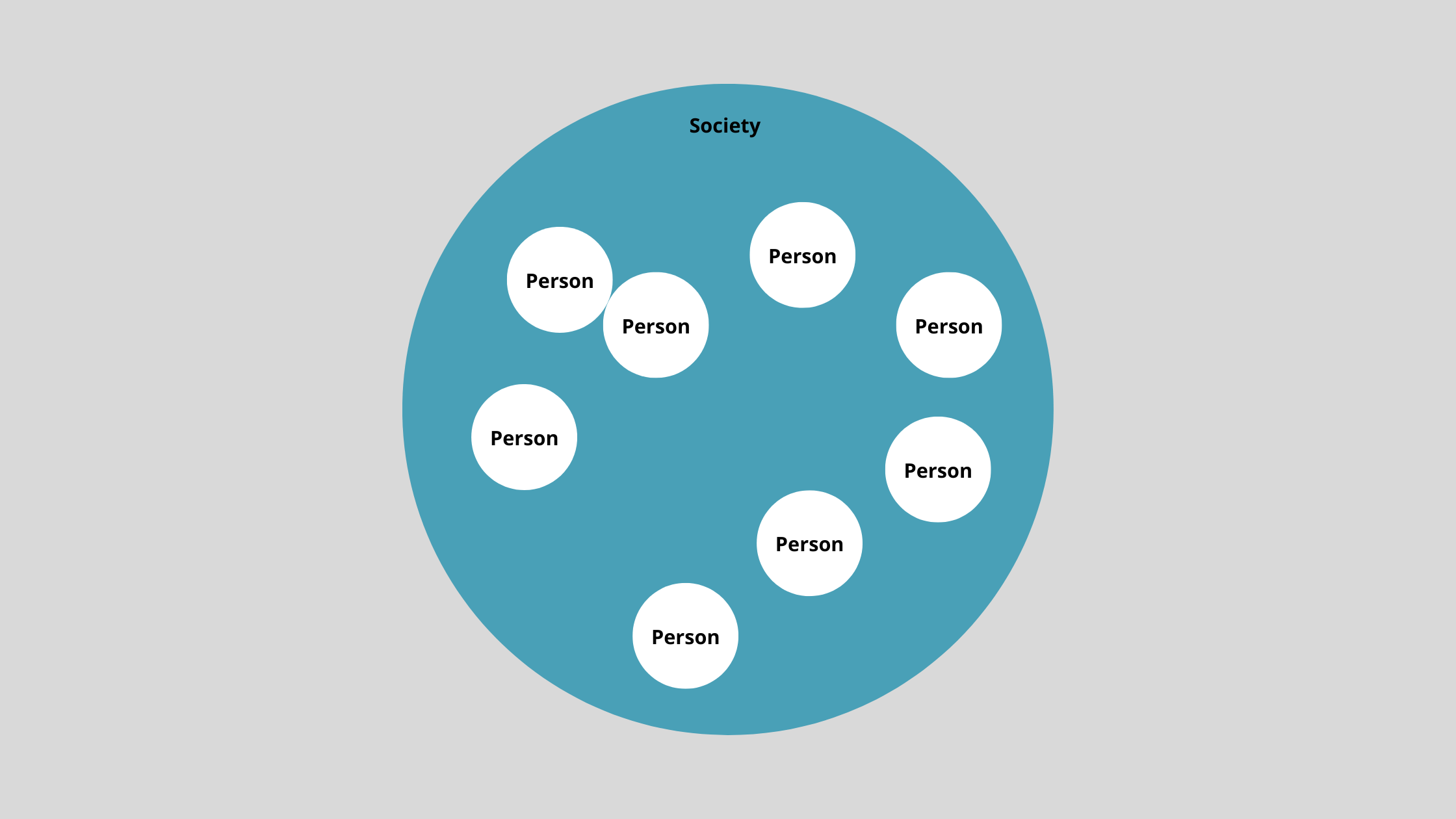
Instead of the individualistic approach, which models humans as free-standing individuals who interact with one another, we should instead understand humans as interconnected. Humans are fundamentally social, our social relations matter at least as much as the individual ‘self’, and we are constituted by our relations.
Humans are socio-ecologically embedded in dense network of relationships. These include close social relationships, neighbours and acquaintances, communities and broader society, economic and employment relationships, political relations, and ecological relations locally and globally. We can also make a distinction between the relationships which individuals have and the broader relational social structures which exist as a whole of these relationships. An oppressive social structure such as racism is experienced by both individuals in particular interactions and relationships, and also as a larger social structure.
This relational approach is much more than just adding context to our individual lives: it is for ‘a shift in emphasis that moves relationship from the periphery to the centre of legal and political thought and practice’, ‘a gestalt-like change’ in understanding the world, and a paradigm shift in our legal political thought which follows this.
These quotes are from Jennifer Nedelsky’s book Law’s Relations, which this section draws on heavily.
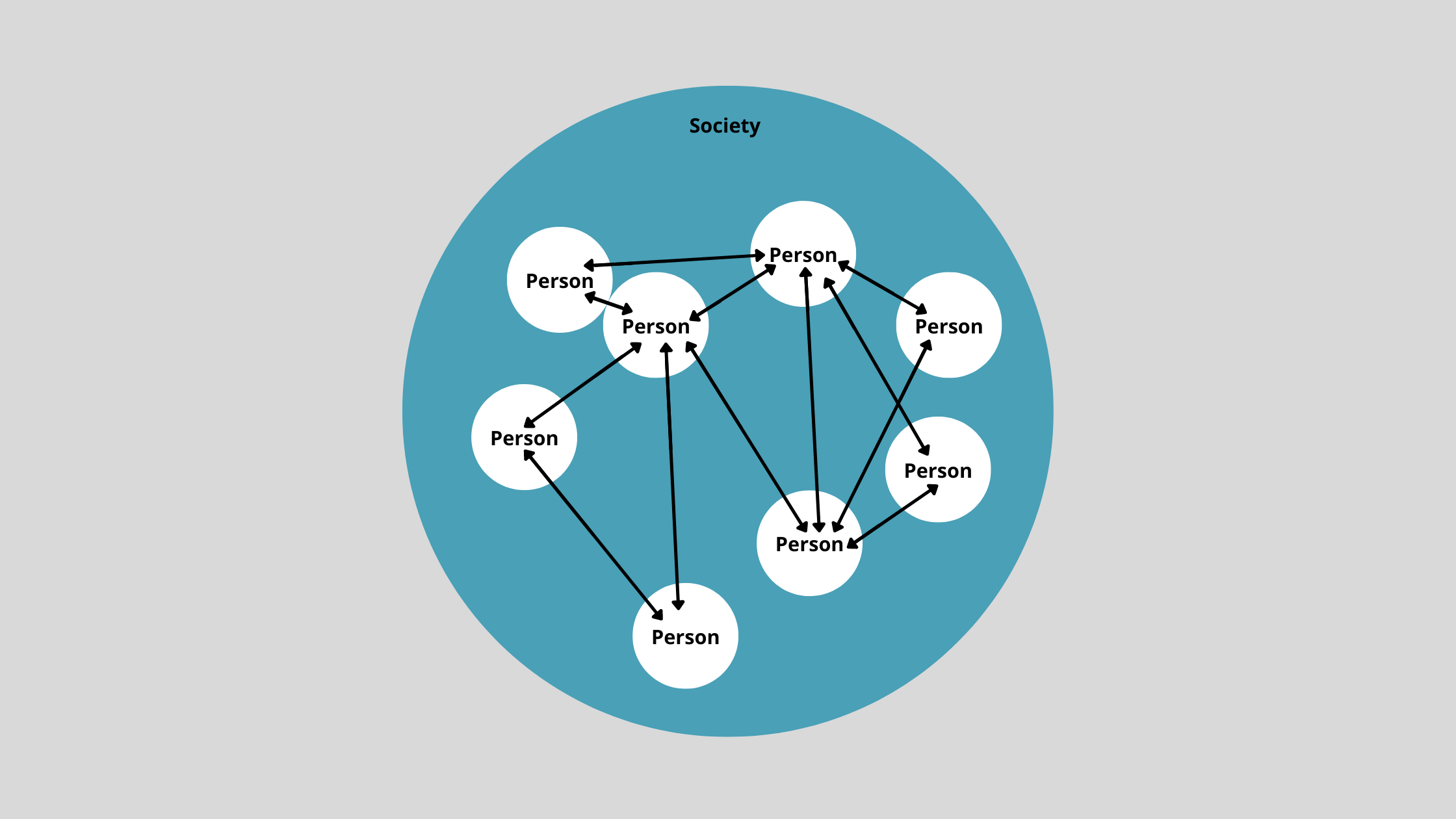
Socio-Ecological Relations
Now, let’s complete the model. Relational approaches typically focus on social relations and leave out the ecological dimension. The previous blog post in this series covered the way that humans and society are part of nature, and that our ecological relations are intertwined with our social relations.
In short, the conclusion is that we must understand humans and society as a web of social relations. Here is the final diagram to show this conceptualisation:
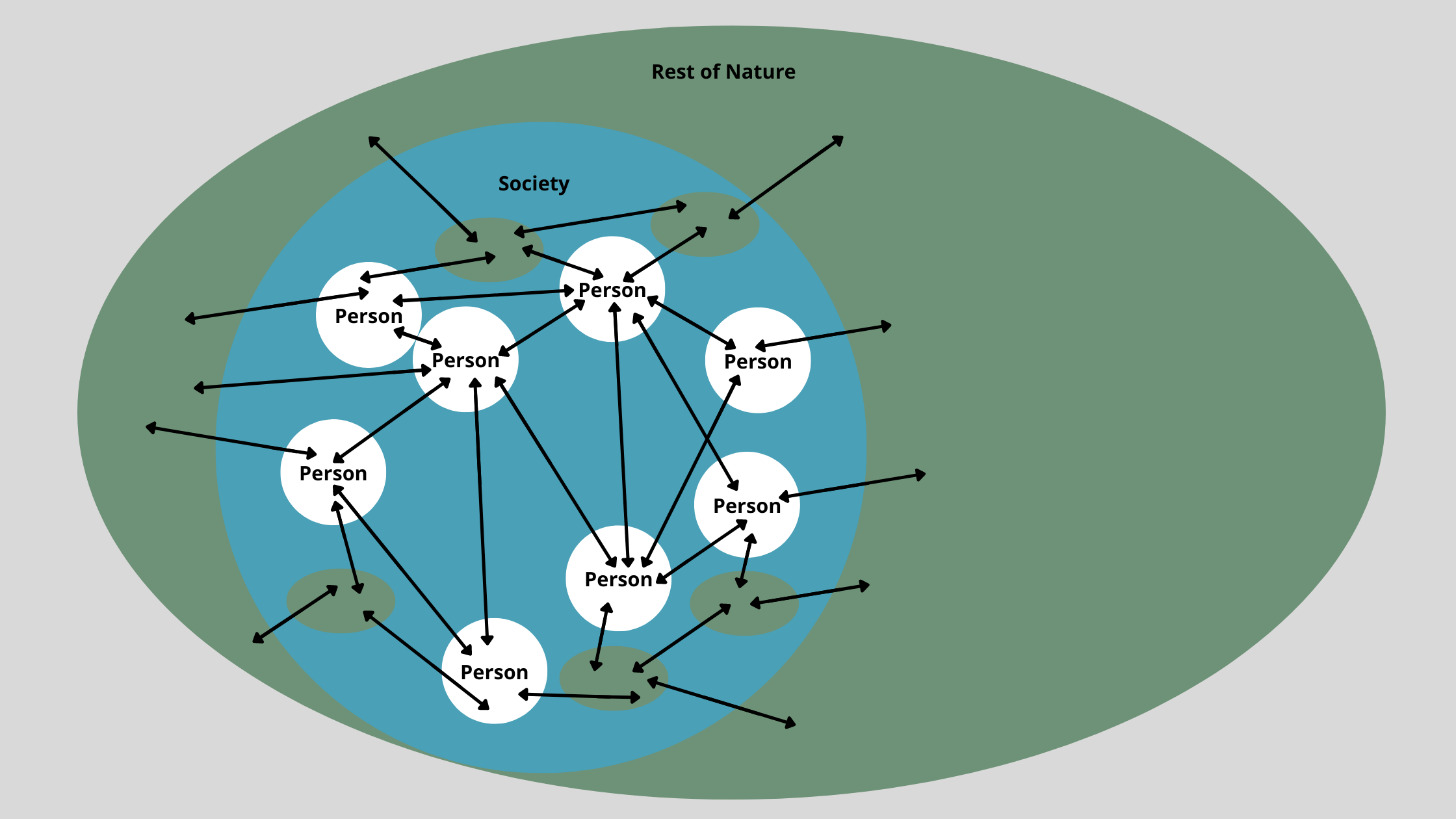
This includes ‘ecological’ things as within society. Ecology and society are not discrete systems but interactive patterns of activity. It does not make sense to separate ‘ecology’ from human activity. Instead, society has ecological dimensions, such as the land and plants we have relationship with for growing food is part of society.
One final point: there is also not a clear division between relationships and individuals. The diagram was deficient in this way, showing people as bounded circles with relational links between them. Humans are relational, our relationships are part of us, and we are part of them. These relationships are active, we create and reproduce them, at every scale from the interpersonal through to the global, and it is better to understand individuals and relationships as blended together.
In the third and final blog post in the series, we will turn to what this understanding of society and nature means for law.
Subscribe to Lawyers for Nature & Join our Community
If you are on the website, enjoyed this blog and are yet to subscribe to the Lawyers for Nature newsletter, you can click the button at the bottom right hand corner of this page, or simply click here. You can also use our Contact Page if you would like to reach out directly, or simply join our Community Discord Server.
We look forward to working with you.




